What Is Digital Marketing?
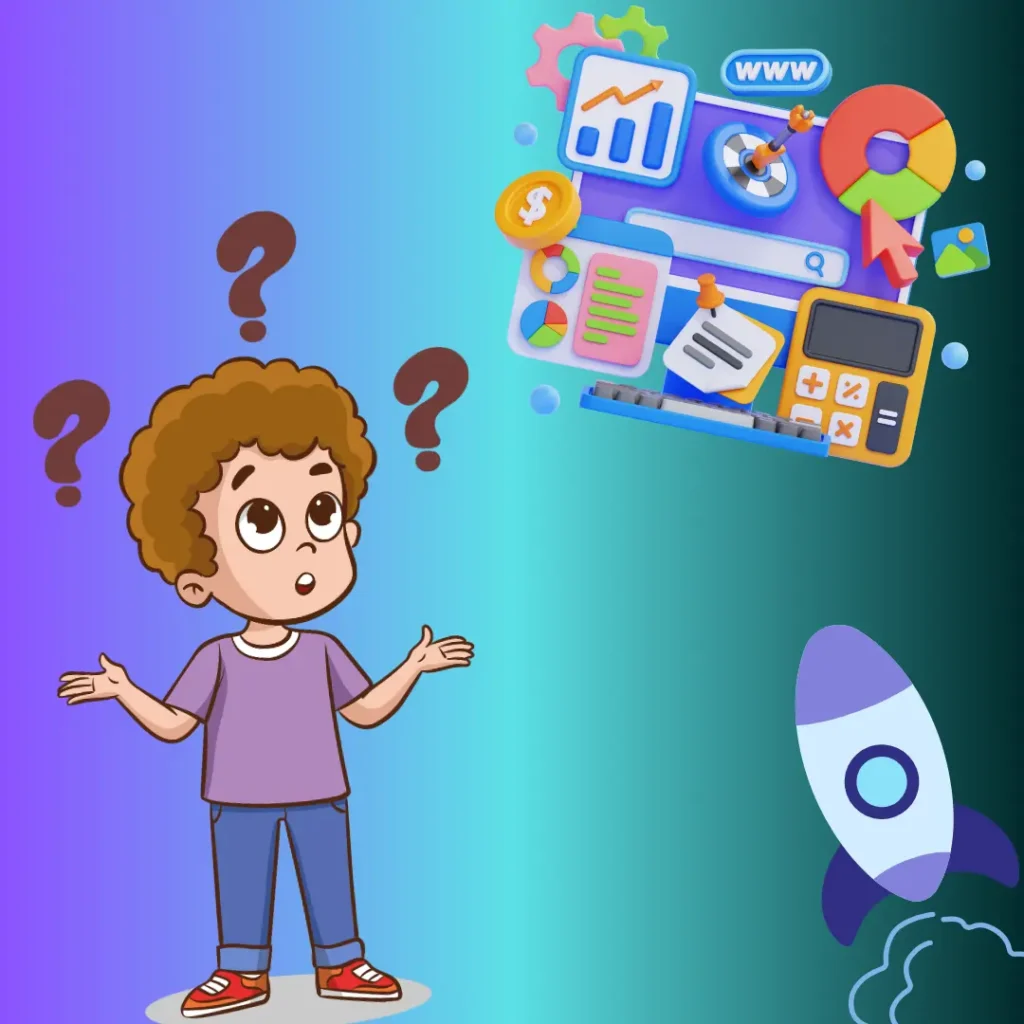
Digital marketing means promoting your brand, product, or service online. In this process, you use the Internet and technology to deliver your information to the user. Digital channels like social media marketing, search engine optimization, email marketing, mobile applications, etc., are used to provide information to the
Digital marketing content refers to various types of online materials used to engage audiences, promote brands, and drive sales. High-quality, relevant content is essential for attracting potential customers and building trust.
Nowadays, the scope of digital marketing has increased a lot; everything is online. Through digital marketing, we promote our business, take our brand to the next level, generate traffic, and increase the awareness of our website.
1.(SEO) Search engine optimization
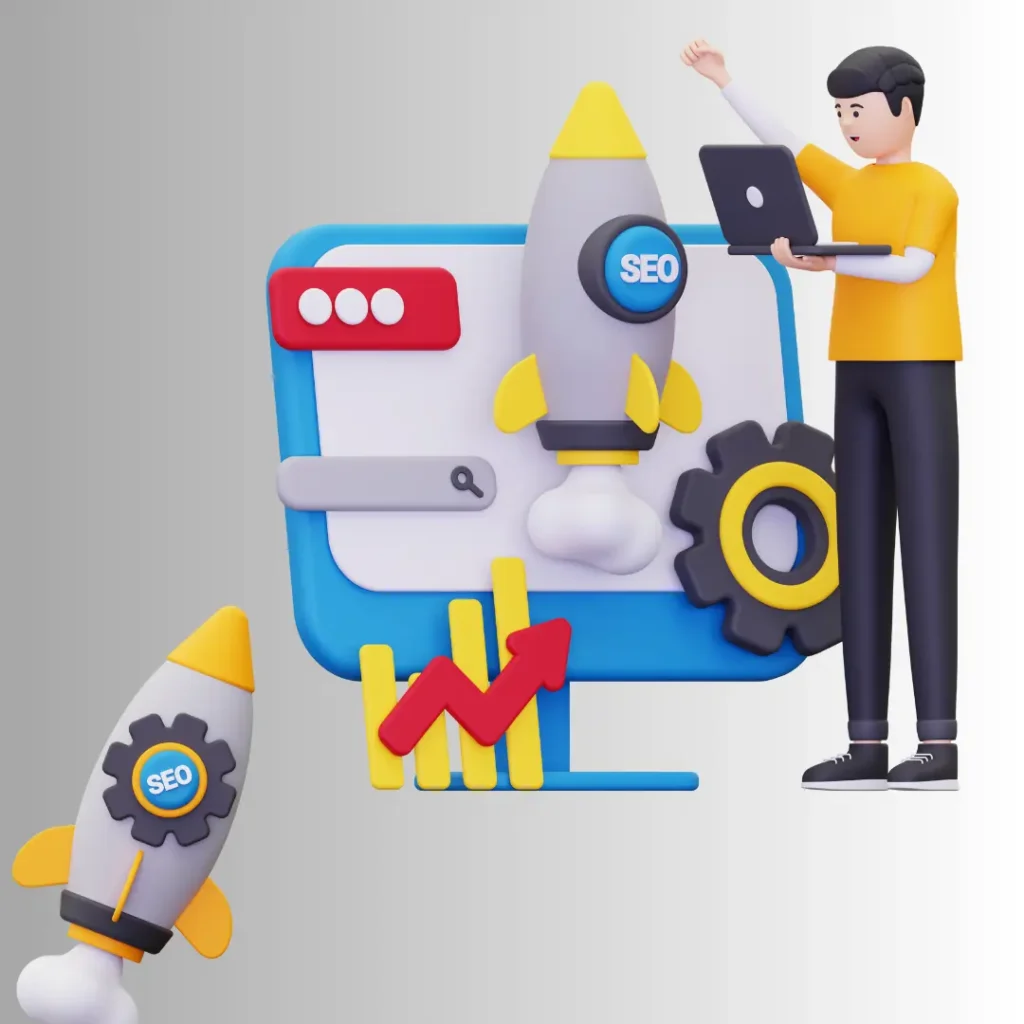
Search engine optimization is a digital technique in which we bring organic traffic to our website by using our search engine rankings. There are 3 ways to do search engine optimization
- On page:- Optimizing content, keywords, meta tags,
- and internal linking.
- Off-page:- Building backlinks and improving domain authority.
- Technical SEO:- Enhancing site speed, mobile-friendliness, and security.
2.(SMM) Social Media Marketing
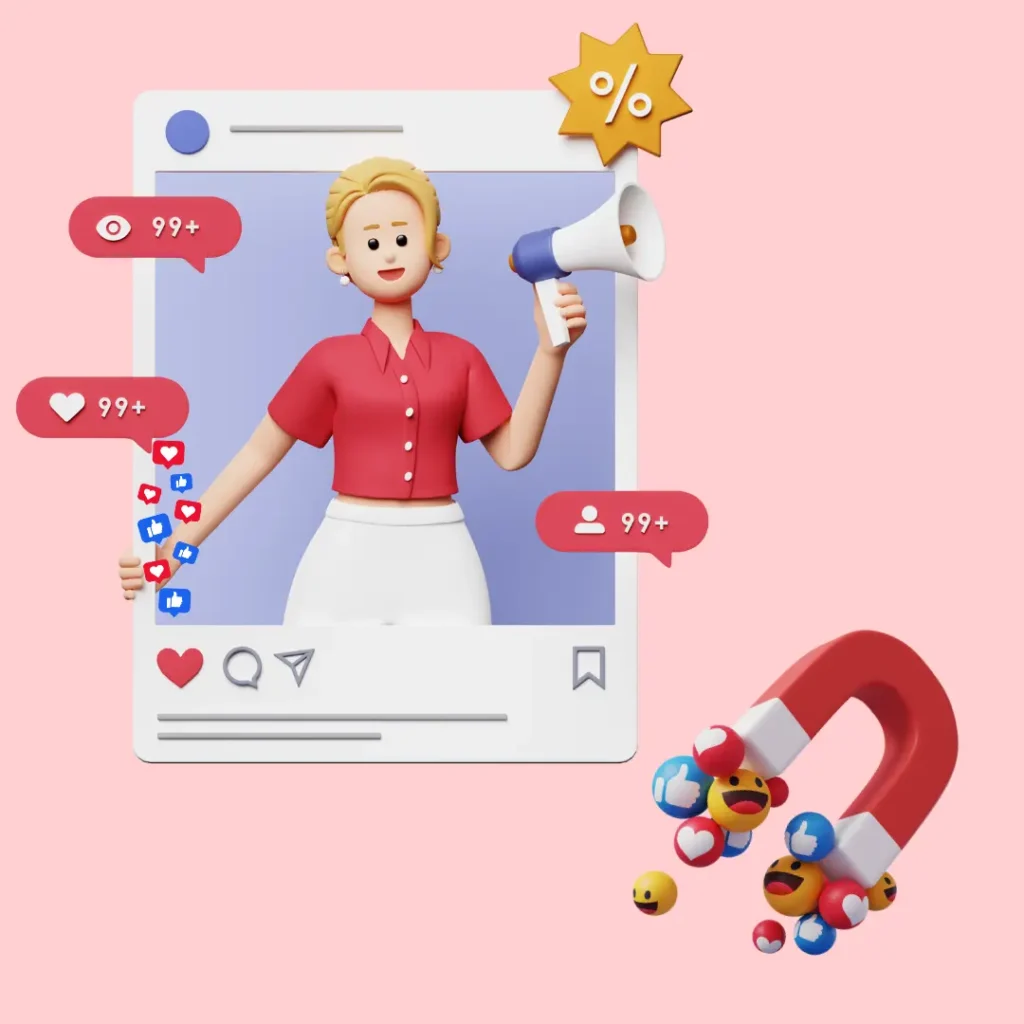
Social media marketing is a part of digital marketing. It has many digital platforms like Facebook, Instagram, Pinterest, YouTube, etc. Through this, we reach our brand business to the audience, through which people get to know that there is a brand of this name in India. 4 things are important in social media marketing
- Organic content posting
- Paid advertisements
- Influencer collaborations
- Community engagement
3. Content Marketing

Content marketing is a part of digital marketing in which we write blogs, thinking from the audience’s point of view, in which we tell all those things that are important for a user, and the user should read it so that it can help them. relevant content to attract and retain audiences. It includes:
- Blog posts
- Videos
- Infographics
- E-books
- Whitepapers
4. E-mail marketing
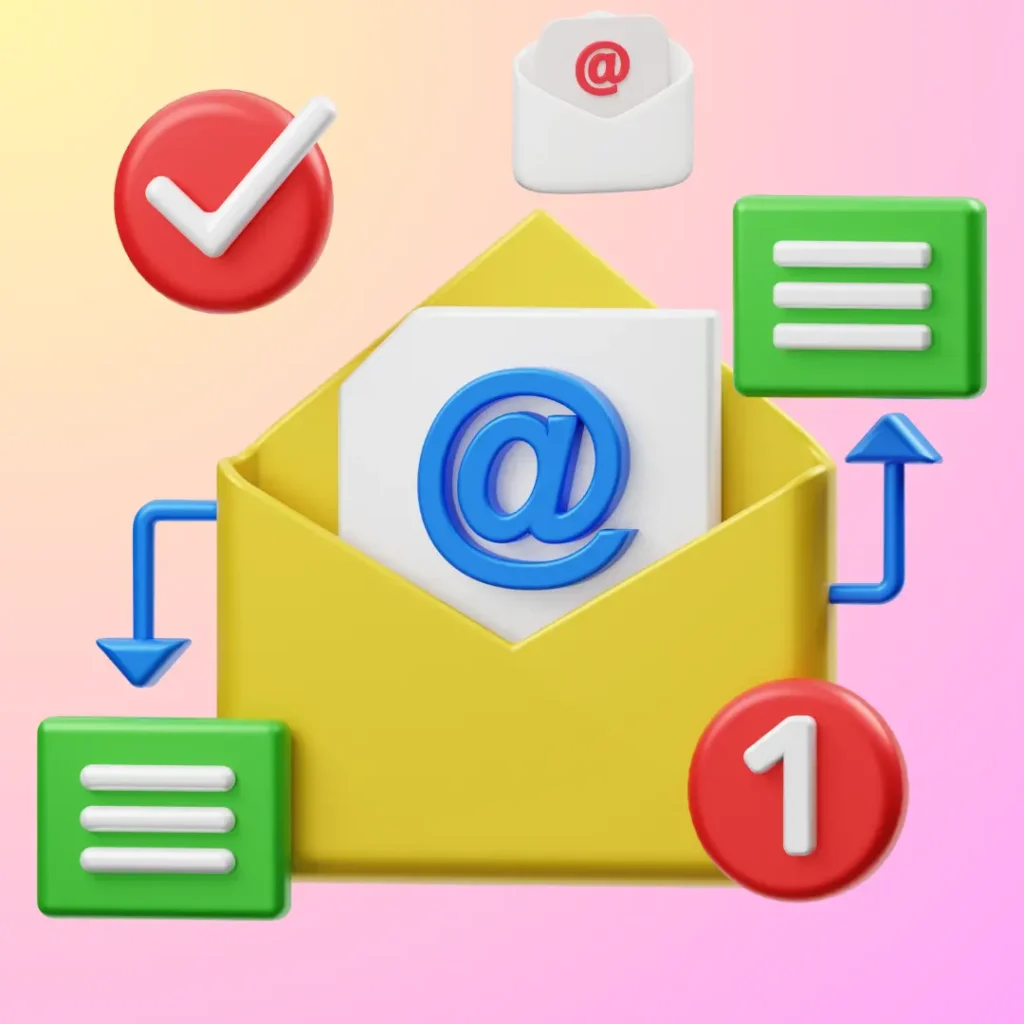
Email marketing is a part of the digital world. Through this, big companies communicate with their customers and send them all the information that can help them. By doing this, the customer stays in touch with them. Through this, all the emails are sent to the user, through which he gets to know what work is going on.
- Newsletter campaigns
- Promotional emails
- Automated email sequences
- Personalized messages
5. Pay-per-click advertising
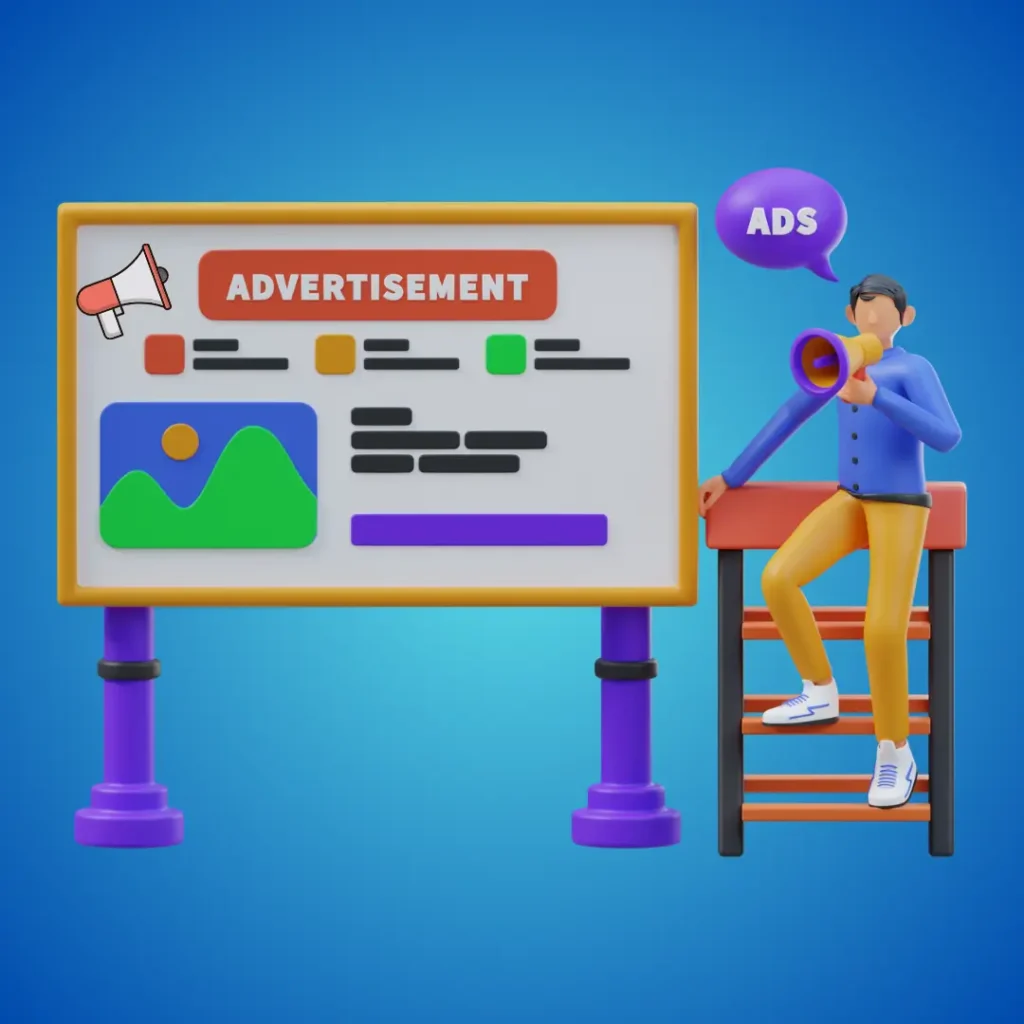
Pay-per-click (PPC) advertising is a powerful digital marketing strategy where advertisers pay a fee each time their ad is clicked. It is a model of internet marketing that allows businesses to buy visits to their website rather than relying solely on organic traffic.
- Google Ads
- Bing Ads
- Social media ads (Facebook, Instagram, LinkedIn)
6. Influencer marketing
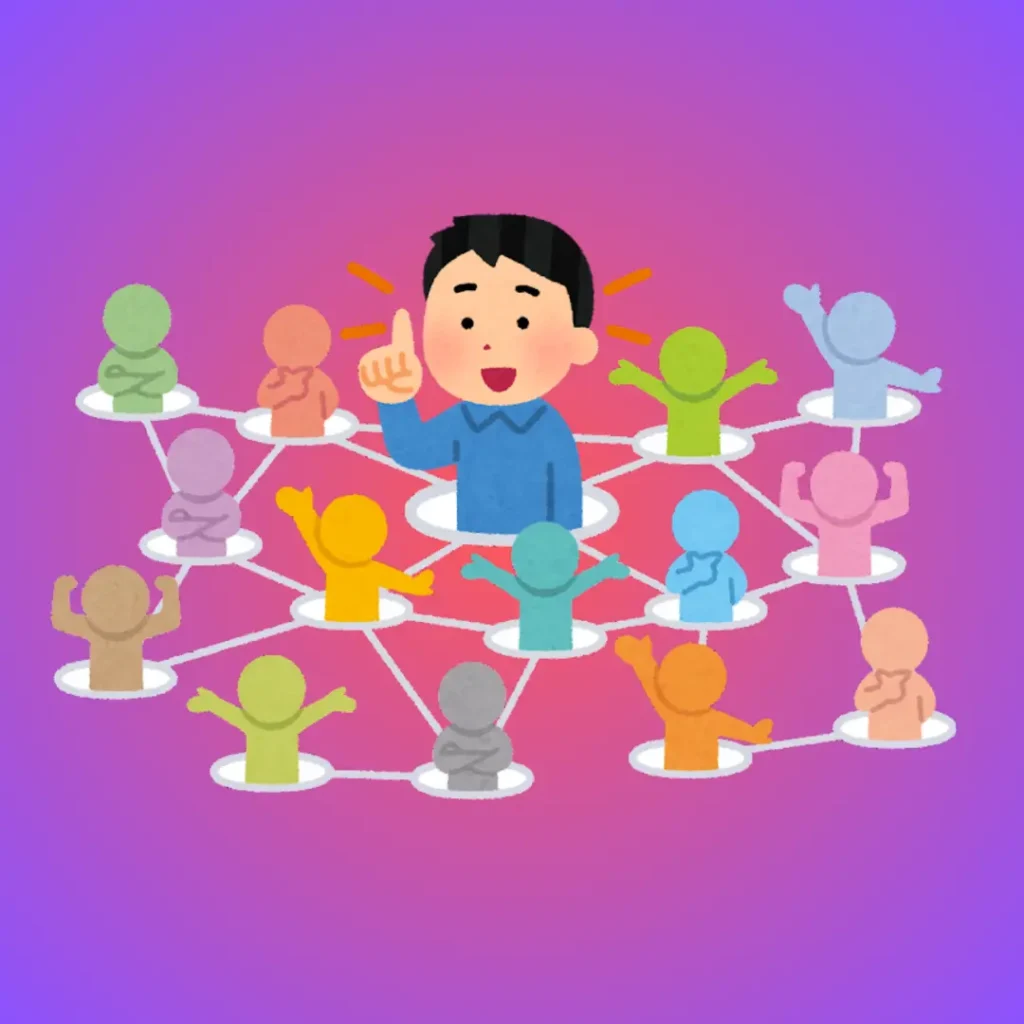
In influencer marketing, the user promotes their brand and gets it promoted by big influencers. Because the influencer has more followers on social media such as Facebook and Instagram, it is easy for the user to reach their brand to the audience.
- Mega Influencers (1 M+ followers) – Celebrities and public figures with massive reach but high costs.
- Macro Influencers (100K – 1M followers) – Well-known industry experts with a broad audience.
- Micro-Influencers (10K – 100K followers) – Niche content creators with strong audience engagement.
7. Video Marketing
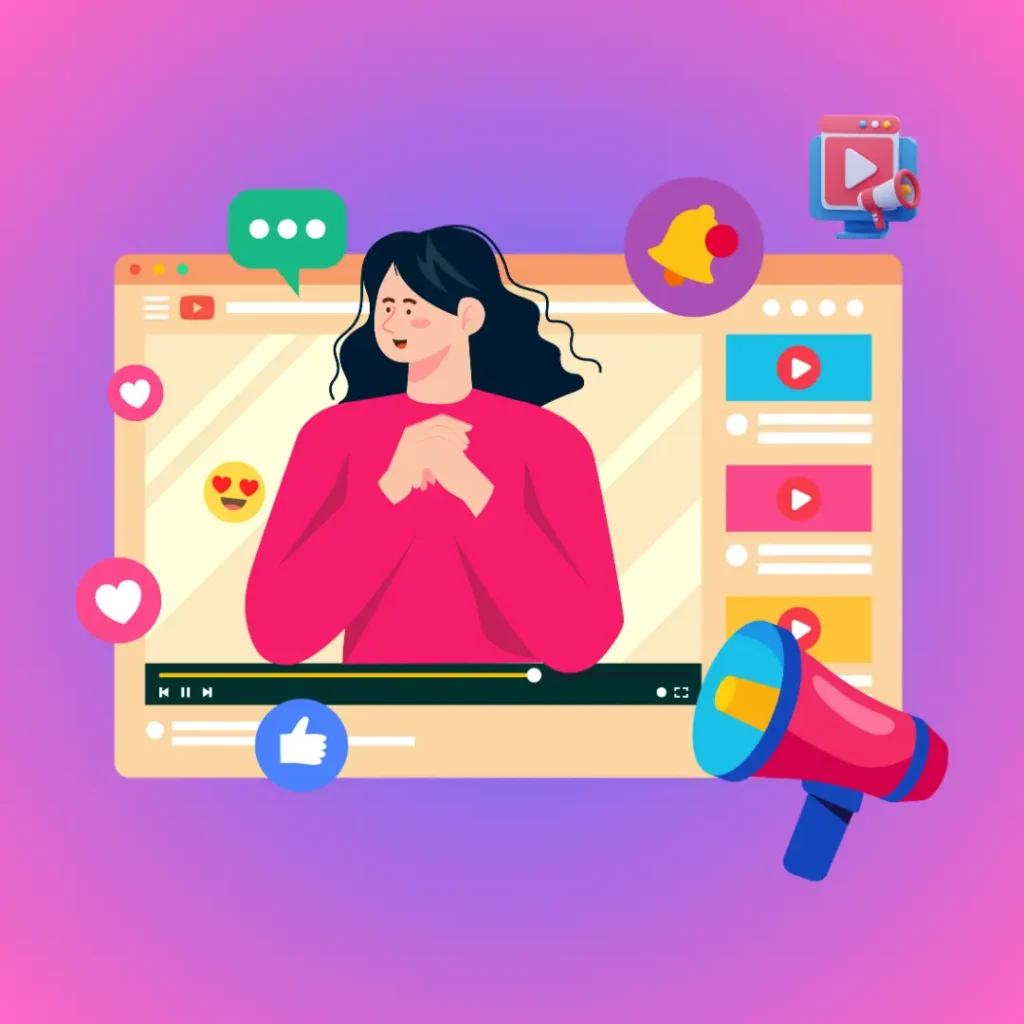
Video marketing is a part of the digital world through which we edit our brand, business, reels, etc, and promote them on social media platforms. Through this, the user gets to know in a very accurate way whose business and brand it is. Video marketing has a lot of scope in the digital world. It has become a powerful platform in today’s time.
- Product Demo Videos – Showcasing product features and benefits.
- Educational & Tutorial Videos – Teaching users how to use a product or service.
- Brand Storytelling – Sharing a brand’s mission, values, and journey.
8. Mobile Marketing
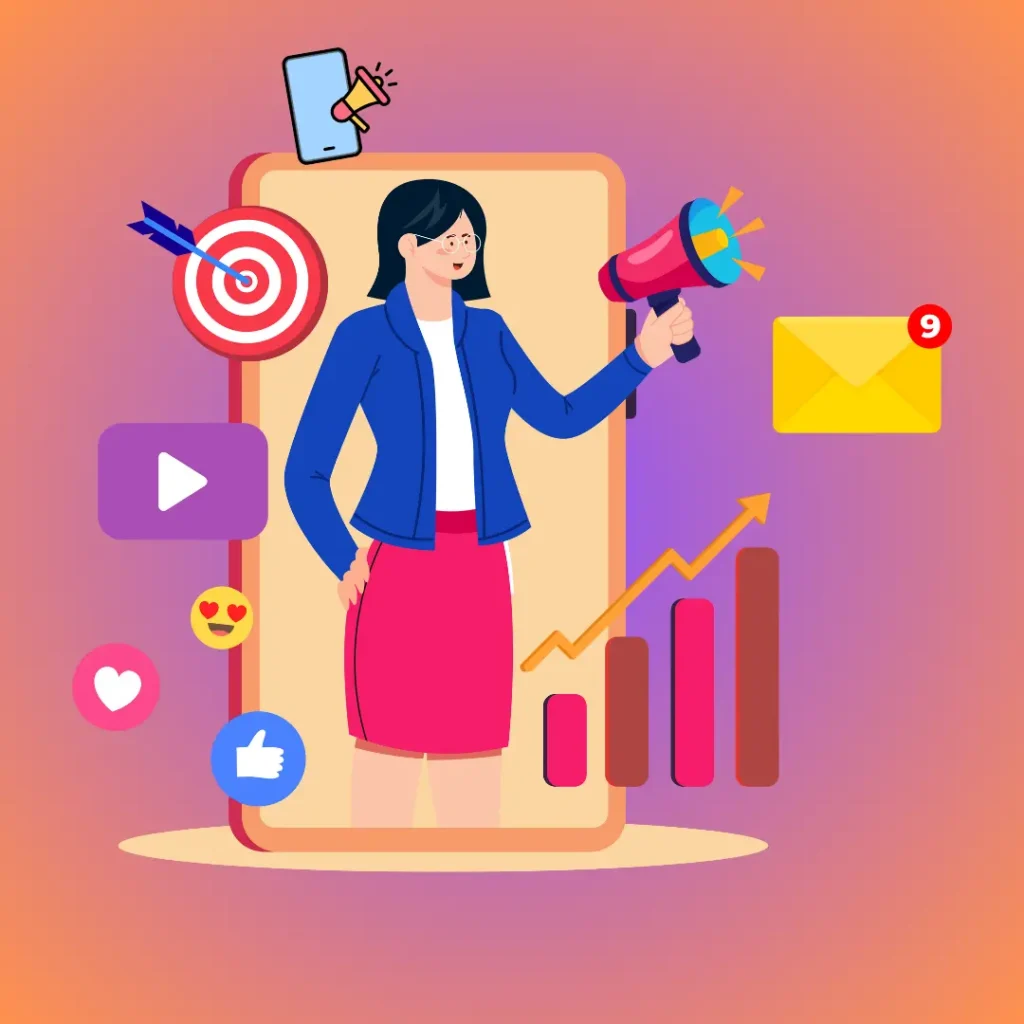
Mobile marketing is a digital marketing strategy that targets users on their smartphones, tablets, and mobile devices through various channels like SMS, social media, mobile apps, and websites. With billions of mobile users worldwide, businesses leverage mobile marketing to engage customers anytime, anywhere.
- SMS & MMS Marketing – Sending promotional messages and offers via text.
- In-App Advertising – Displaying ads within mobile apps.
- Mobile-Friendly Websites – Optimizing websites for a seamless mobile experience.
9. Web Analytics
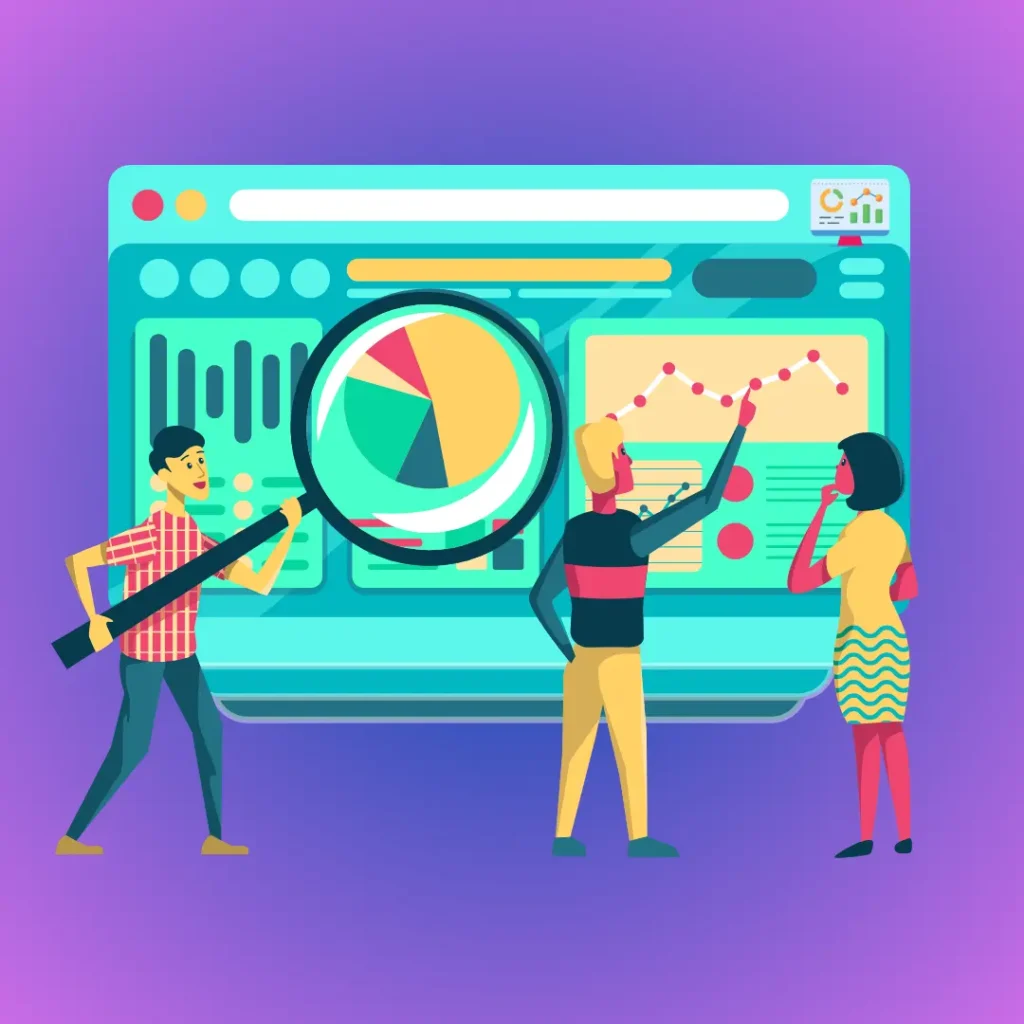
Web analytics is the process of collecting, analyzing, and interpreting website data to understand user behavior and improve online performance. Businesses use web analytics tools like Google Analytics, Adobe Analytics, and Hotjar to track key metrics such as traffic sources, user demographics, session duration, bounce rates, and conversions.
- User Behavior Tracking – Analyzing how users interact with the website, which pages they visit, and where they drop off.
- SEO & Performance Tracking – Monitoring keyword rankings and website loading speed.
- Audience Insights – Understanding demographics, interests, and device usage for better targeting.
10. Affiliate Marketing

Affiliate marketing is a performance-based marketing strategy where businesses reward affiliates (partners) for driving traffic or sales through their referral links. Affiliates promote products or services via websites, blogs, social media, or email marketing, earning a commission for each successful sale or lead.
- Affiliate Joins a Program – A person signs up for an affiliate program of a company.
- Promotes Products/Services – The affiliate shares unique tracking links on blogs, YouTube, social media, or ads.
- Customer Clicks & Buys – When a user clicks the affiliate link and makes a purchase, a sale is recorded.
Benefits of digital marketing
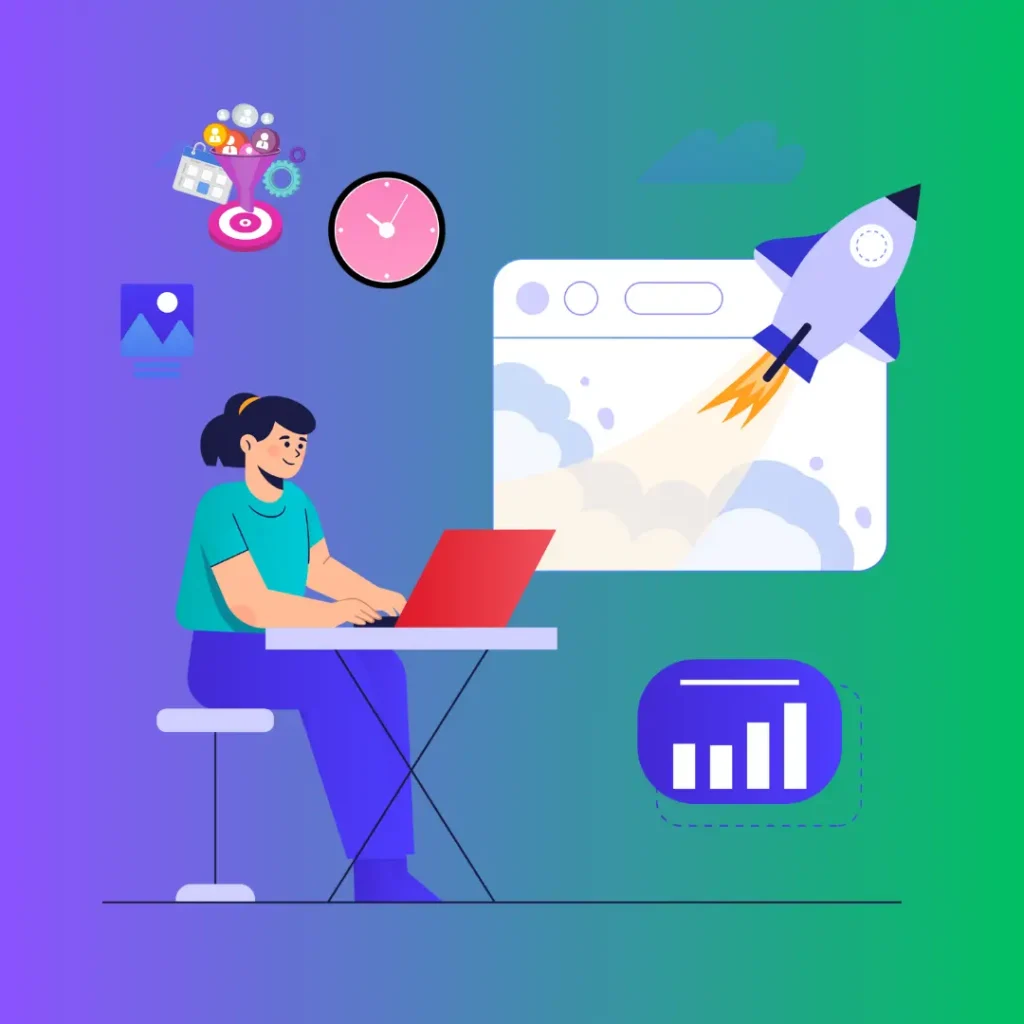
Digital marketing refers to the use of online channels such as search engines, social media, email, websites, and mobile apps to promote products and services. It enables businesses to connect with their target audience in a more personalized and interactive manner. This article explores the numerous benefits of digital marketing, demonstrating why it has become a crucial part of modern business strategies.
1. Cost-Effective Marketing
One of the primary advantages of digital marketing is its cost-effectiveness compared to traditional advertising. Businesses, especially small and medium enterprises (SMEs), can leverage digital channels such as social media, email, and search engine marketing at a fraction of the cost of traditional methods like TV or print advertising.
- Lower advertising costs: Online ads on platforms like Google Ads, Facebook, and Instagram allow businesses to set budgets according to their needs.
- Better ROI (Return on Investment): Digital marketing campaigns can be optimized in real time to ensure better returns.
- No printing or distribution expenses: Unlike flyers, brochures, or newspaper ads, digital content can be created and distributed electronically with minimal cost.
2. Global Reach
With digital marketing, businesses are no longer confined to their local markets. They can reach potential customers worldwide through the Internet. Social media platforms, websites, and search engines make it easier to target an international audience.
- E-commerce businesses can sell products to global customers without the need for a physical store.
- Multilingual content and translation tools allow businesses to cater to diverse audiences.
- SEO optimization helps businesses rank higher on search engines, making them accessible to a larger audience.
3. Targeted Advertising
Traditional marketing methods cast a broad net, hoping to attract the right audience. Digital marketing, on the other hand, allows businesses to target specific customer demographics based on various factors such as:
- Age, gender, location, and interests
- Browsing history and purchase behavior
- Previous interactions with the brand
Platforms like Google Ads and Facebook Ads provide businesses with detailed audience segmentation tools, ensuring their ads reach the right people at the right time.
4. Measurable Results & Analytics
One of the biggest advantages of digital marketing is the ability to track and measure campaign performance in real time. Businesses can analyze key performance indicators (KPIs) to determine what’s working and what needs improvement.
- Google Analytics provides insights into website traffic, user behavior, and conversions.
- Social media analytics show engagement metrics like likes, shares, and comments.
- Email marketing tools track open rates, click-through rates, and subscriber growth.
5. Increased Engagement & Brand Awareness
Engagement is crucial in today’s digital landscape. Businesses can interact directly with their audience through social media, blogs, and forums, creating a two-way communication channel.
- Social media platforms like Facebook, Instagram, LinkedIn, and Twitter allow businesses to engage with customers through posts, comments, and live sessions.
- Influencer marketing helps brands build credibility by collaborating with popular social media personalities.
Conclusion
Digital marketing is an indispensable tool for businesses in the modern era. By leveraging various digital channels and staying updated with emerging trends, companies can effectively reach and engage their target audiences. Whether through SEO, PPC, content marketing, or AI-driven strategies, digital marketing continues to shape the future of commerce and customer interaction.
Digital marketing has transformed how businesses interact with customers and grow their brands. Its cost-effectiveness, global reach, targeted approach, and measurable results make it an essential tool for businesses of all sizes. Whether you’re a startup, a small business, or a large corporation, embracing digital marketing can significantly enhance your success in today’s competitive market.
FAQS
1. What is digital marketing
Digital marketing refers to all marketing efforts that use electronic devices and the Internet. It encompasses a wide range of strategies and channels, including social media marketing, search engine optimization (SEO), content marketing, email marketing, pay-per-click (PPC) advertising, and influencer marketing. These techniques allow businesses to engage with their target audience in real-time, track performance metrics, and adjust strategies for better results.
2. What is digital marketing? Explain with examples
Digital marketing refers to the use of online platforms and digital technologies to promote products, services, and brands. It involves various strategies such as search engine optimization (SEO), social media marketing (SMM), email marketing, pay-per-click (PPC) advertising, and content marketing to connect with potential customers through the Internet.
Examples of Digital Marketing
- Search Engine Optimization (SEO)
- Example: A travel agency optimizes its website with relevant keywords like “best vacation spots in 2025” to rank higher on Google and attract organic traffic.
- Example: A travel agency optimizes its website with relevant keywords like “best vacation spots in 2025” to rank higher on Google and attract organic traffic.
- Social Media Marketing (SMM)
- Example: A fashion brand promotes its latest collection on Instagram and Facebook, using engaging posts, influencer collaborations, and paid ads to reach potential buyers.
- Example: A fashion brand promotes its latest collection on Instagram and Facebook, using engaging posts, influencer collaborations, and paid ads to reach potential buyers.
- Email Marketing
- Example: An e-commerce store sends personalized discount emails to subscribers based on their past purchases, encouraging them to buy again.
- Example: An e-commerce store sends personalized discount emails to subscribers based on their past purchases, encouraging them to buy again.
3. Types of digital marketing
Digital marketing consists of various strategies that help businesses reach their audience online. Below are the main types of digital marketing and their significance:
1. Search Engine Optimization (SEO)
SEO is the process of optimizing a website to improve its ranking on search engines like Google and Bing. It helps businesses attract organic traffic without paying for ads.
🔹 Example: A restaurant optimizes its website with keywords like “best Italian food near me” to appear at the top of Google searches.
4. How to start digital marketing
Starting digital marketing can seem overwhelming, but by following a structured approach, anyone can successfully build an online presence and promote their business. Below is a step-by-step guide to help you get started with digital marketing.
Step 1: Understand the Basics of Digital Marketing
Before diving in, it’s important to understand the different types of digital marketing, including:
✔ Search Engine Optimization (SEO) – Improving website ranking on Google.
✔ Pay-Per-Click Advertising (PPC) – Running paid ads on Google and social media.
✔ Social Media Marketing (SMM) – Promoting brands on platforms like Facebook & Instagram.
✔ Email Marketing – Sending promotional emails to customers.
✔ Content Marketing – Creating blogs, videos, and other content to attract audiences.
Step 2: Identify Your Goals & Target Audience
Ask yourself:
🎯 What do you want to achieve? (Brand awareness, lead generation, sales, etc.)
🎯 Who is your ideal customer? (Age, location, interests, behavior)
Understanding your target audience helps in creating personalized marketing strategies that drive better results.
5. What are the 4 types of digital marketing
Digital marketing consists of various strategies to promote brands online. Below are the four key types of digital marketing, explained in detail:
1. Search Engine Optimization (SEO)
SEO is the process of optimizing a website to improve its ranking on search engines like Google and Bing. Higher rankings increase organic (free) traffic and visibility.
📌 Key SEO Strategies:
✔ Using relevant keywords in website content
✔ Optimizing website speed and mobile-friendliness
✔ Building backlinks from reputable sources
✔ Creating high-quality content
Pay-Per-Click (PPC) Advertising
PPC advertising is a paid strategy where businesses pay for each click on their ads. Platforms like Google Ads, Facebook Ads, and Instagram Ads allow businesses to target specific audiences.
📌 Key PPC Features:
✔ Advertisers bid on keywords to display their ads
✔ Ads appear on search engines, websites, and social media
✔ PPC provides instant traffic and measurable results
6. What is social media marketing
Social Media Marketing (SMM) is the process of using social media platforms to promote brands, products, and services. It helps businesses connect with their audience, increase brand awareness, drive website traffic, and boost sales.
Popular platforms for social media marketing include:
✔ Facebook – Best for ads, community building, and business pages.
✔ Instagram – Ideal for visual content like images, reels, and stories.
✔ Twitter (X) – Great for real-time updates, trends, and brand interactions.
✔ LinkedIn – Best for B2B marketing and professional networking.
✔ TikTok – Ideal for short-form video content and viral trends.
✔ YouTube – Great for long-form videos, tutorials, and brand storytelling.
7. Advantages of digital marketing
Digital marketing offers businesses numerous benefits, making it an essential strategy for modern marketing. Below are the key advantages of digital marketing:
1. Cost-Effective
Compared to traditional marketing (TV, radio, and print ads), digital marketing is more affordable. Businesses can run Google Ads, Facebook Ads, and email campaigns at a lower cost while reaching a larger audience.
🔹 Example: A small business can run a Facebook ad for $50 and reach thousands of potential customers.
2. Global Reach
With digital marketing, businesses can reach international audiences without opening physical stores worldwide. Websites, social media, and online ads allow businesses to target global customers.
🔹 Example: An online fashion store in India can sell products to customers in the USA and Europe through its website and digital promotions.
